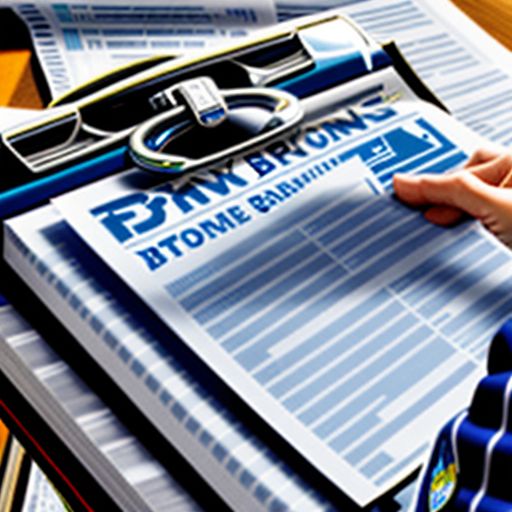Getting into a car accident is never fun, especially when you’re not at fault. Dealing with vehicle damage, potential injuries, and insurance companies can feel overwhelming. One of the first questions that might pop into your head is, “How do I file an insurance claim against the other driver?”. Don’t worry, we’re here to guide you through the process step by step.
Understanding Insurance Claims and Fault
Before diving into the process, it’s essential to grasp a few key concepts:
What is an Insurance Claim?
An insurance claim is a formal request you make to an insurance company for coverage or compensation after an event covered by your insurance policy, such as a car accident.
What Does “At-Fault” Mean?
In a car accident, the “at-fault” driver is the one who is deemed legally responsible for causing the accident. This determination is typically based on traffic laws and the circumstances surrounding the accident.
How to File an Insurance Claim Against Another Driver
Here’s a detailed guide on filing an insurance claim against the driver at fault:
1. Gather Information at the Scene
- Safety First: Move your vehicle to a safe location if possible, and check for injuries. Call 911 if needed.
- Exchange Information: Obtain the other driver’s name, contact details, driver’s license number, insurance information (including policy number), and vehicle details.
- Document the Scene: Take photos and videos of the accident scene, vehicle damage, and any visible injuries.
- Obtain Witness Information: If there are any witnesses, get their contact information as well.
2. Report the Accident to Your Insurance Company
- Notify Your Insurer: Inform your insurance company about the accident promptly, even if you plan to file a claim with the other driver’s insurance.
- Provide Details: Be prepared to share the information you gathered at the scene.
- Don’t Admit Fault: Stick to the facts and avoid admitting fault, even to your own insurance company.
3. File a Claim with the At-Fault Driver’s Insurance
- Contact the Other Driver’s Insurer: Obtain the claims filing information from the other driver or their insurance card.
- Provide Documentation: You’ll likely need to provide a detailed account of the accident, supporting documents (police report, photos), and any medical records if applicable.
- Cooperate with the Adjuster: The insurance company will assign an adjuster to investigate the claim. Answer their questions honestly and promptly.
4. Negotiating a Settlement
- Review the Adjuster’s Assessment: The adjuster will assess the damage and may make an initial settlement offer.
- Negotiate if Necessary: Don’t feel pressured to accept the first offer. If you believe it’s too low, you can negotiate for a fairer settlement.
- Consider Legal Advice: If you have difficulty negotiating a fair settlement or believe the other driver’s insurance is acting in bad faith, consult with a personal injury attorney.
5. Getting Your Vehicle Repaired
- Choose a Repair Shop: You typically have the right to choose your own repair shop. However, the insurance company may have a network of preferred shops.
- Confirm Coverage: Get a written estimate from the repair shop and ensure the insurance company approves the repairs before proceeding.
Frequently Asked Questions About Filing Insurance Claims
What if the Other Driver Doesn’t Have Insurance?
If the at-fault driver is uninsured, you can file a claim under your own uninsured motorist coverage (if you have it).
How Long Do I Have to File a Claim?
Each state has a statute of limitations for filing car accident claims. It’s best to file a claim as soon as possible after the accident.
What if I’m Partially at Fault?
If you share some responsibility for the accident, your state’s comparative negligence laws will come into play, potentially reducing your compensation.
Conclusion
Filing an insurance claim after a car accident can seem daunting, but understanding the process and your rights is crucial. Remember to gather thorough documentation, report the accident promptly, and be prepared to negotiate a fair settlement. If you have any doubts or concerns, don’t hesitate to seek legal advice from a qualified professional.




